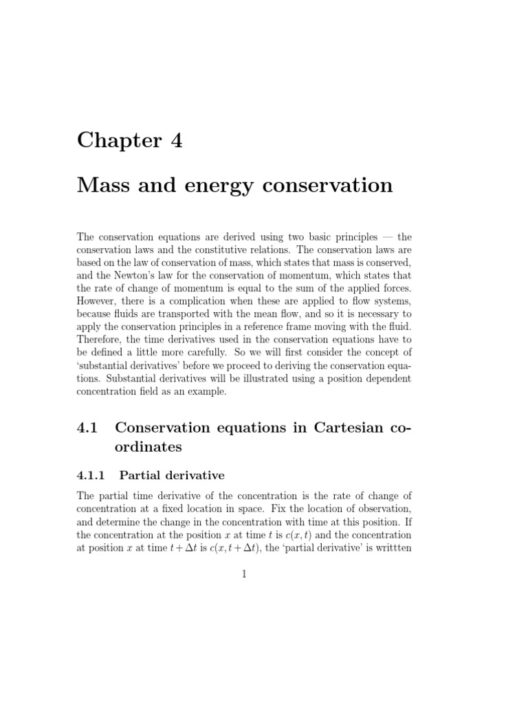Nanotechnology, defined as the manipulation of matter on an atomic and molecular scale, promises to revolutionize numerous fields, including environmental science. It presents a transformative potential in the fight against global warming, offering innovative solutions that are not only effective but often remarkably efficient. At its core, the implementation of nanotechnology in environmental applications could pivot the trajectory of climate change, providing tools that enhance energy efficiency, reduce emissions, and facilitate sustainable practices.
The crux of nanotechnology lies in its ability to create materials with tailored properties. Nanoparticles exhibit unique characteristics that differ from their bulk counterparts, including increased reactivity, enhanced strength, and improved conductivity. These features enable the development of novel materials and devices that can contribute to the mitigation of climate change.
One of the foremost avenues where nanotechnology has made considerable strides is in energy production, particularly renewable energy sources. Solar energy, a cornerstone of sustainable practices, benefits immensely from the innovations in nanotechnology. For instance, the development of nanostructured solar cells has led to significant enhancements in efficiency. These solar cells, incorporating nanomaterials, can capture a broader spectrum of sunlight, thus converting more energy and reducing reliance on fossil fuels. Moreover, the durability of these cells can decrease the frequency of replacements, ensuring a more sustainable production cycle.
Furthermore, nanotechnology paves the way for advanced battery systems. Traditional batteries are often limited by their capacity and charging cycles. However, nanomaterials can enhance the energy storage capacity of batteries, allowing for quicker charging times and longer usage periods. For instance, lithium-ion batteries modified with nanostructures can improve charge transfer rates and capacity, which is vital for widespread adoption of electric vehicles and renewable energy systems.
Beyond energy generation and storage, nanotechnology plays a pivotal role in carbon capture and sequestration (CCS). As global carbon dioxide levels continue to rise, capturing and storing this greenhouse gas has become imperative. Nanotechnology enables the creation of more effective adsorbents and catalysts for CO2 capture processes. Nanoparticles with high surface area and porosity can absorb CO2 at unprecedented rates, making the process more efficient and economically viable. This capacity for enhanced adsorption could lead to significant reductions in atmospheric CO2 levels, aiding in climate stabilization efforts.
Another promising application of nanotechnology lies in its potential to improve energy efficiency across various sectors. For example, the incorporation of nanomaterials in building materials can lead to substantial reductions in energy consumption for heating and cooling. Insulating materials infused with nanoparticles can enhance thermal performance, thus reducing the overall energy footprint of buildings. Smart windows that utilize nanotechnology can regulate light passage and thermal energy, making structures more energy-efficient and comfortable.
Water purification is yet another critical aspect where nanotechnology can contribute to environmental sustainability. Contaminated water sources pose a significant threat to both human health and ecosystems. Nanotechnology can provide innovative solutions for water treatment, allowing for the effective removal of pollutants at a microscopic level. Nanomaterials can be designed to target specific contaminants, ensuring cleaner water with less energy expenditure compared to traditional filtration systems.
The impact of nanotechnology extends to agriculture as well. Precision agriculture, which employs nanotechnology, enables farmers to increase crop yields while reducing resource usage. Nanoparticles can be used in fertilizers and pesticides, enhancing their effectiveness and minimizing the environmental impact of excessive chemical usage. This not only contributes to improved food security but also lessens the agricultural sector’s carbon footprint.
Despite the promising prospects that nanotechnology presents, it is crucial to acknowledge the challenges and uncertainties that accompany its application. As with any emerging technology, potential risks regarding environmental and human health must be diligently assessed. Research into the lifecycle impacts of nanomaterials, their behavior in various environments, and the ecological consequences of their usage is paramount. Regulatory frameworks will need to evolve alongside technological advancements to ensure safe and responsible utilization.
Moreover, interdisciplinary collaboration is essential for harnessing the full potential of nanotechnology. Engaging scientists, policymakers, and industry leaders will foster a holistic understanding of the implications and applications of nanotechnologies. By synergizing efforts across disciplines, it is possible to develop robust strategies for integrating these innovations into comprehensive climate action plans.
The transition towards a carbon-neutral future necessitates transformative ideas and practical solutions. Nanotechnology stands at the forefront of this change, exploring cutting-edge science that may redefine how society addresses climate change. By investing in research and development and promoting public awareness of nanotechnology’s potential, the global community can harness this versatile tool in the battle against global warming. Embracing the intricacies of nanotechnology allows us to rethink the boundaries of innovation and inspires curiosity about what may be achievable in combating one of humanity’s most pressing challenges.
In conclusion, as the world grapples with the pressing need for effective solutions to climate change, the role of nanotechnology becomes increasingly vital. Through its application in energy, water purification, agriculture, and beyond, it offers the promise of a sustainable future. As we navigate this complex landscape, it is imperative to foster a deeper understanding of nanotechnology and its implications, ensuring its integration into climate strategies that can significantly mitigate the severity of global warming.








